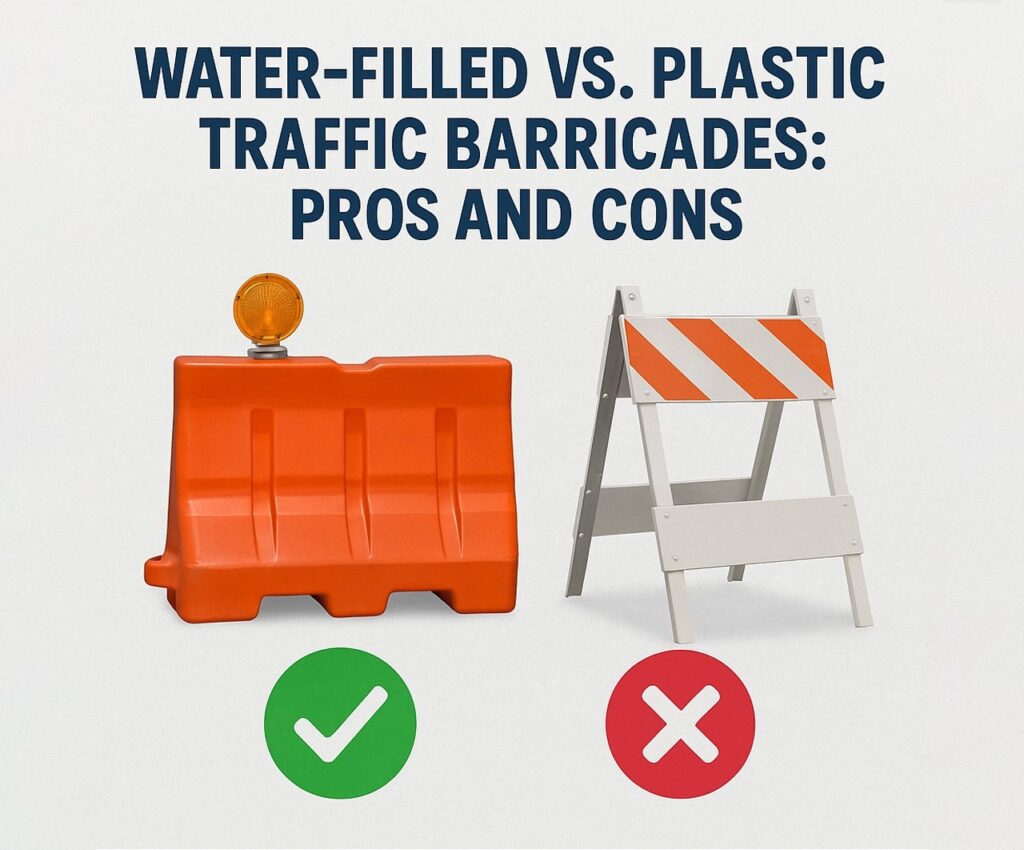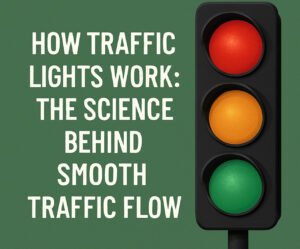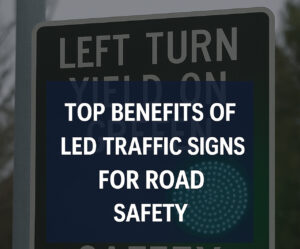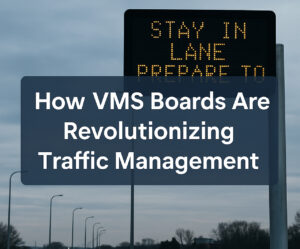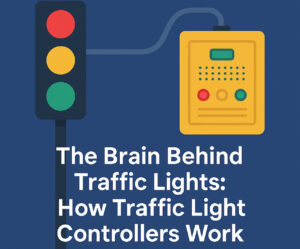When it comes to effective road safety and crowd control, choosing the right traffic barricade can make a major difference. Whether for construction zones, events, or emergencies, understanding the distinction between barricade traffic solutions is critical. Among the most commonly used options are water-filled barricades and standard plastic barricade for traffic control. Each offers unique benefits, and this article dives deep into their features, advantages, and limitations.
In the world of modern road safety, traffic barricade, barricade traffic, and barricade for traffic systems play a vital role. The need to guide, restrict, or block access in specific areas requires reliable and durable equipment. This article breaks down the pros and cons of water-filled and plastic traffic barricades to help you make an informed choice. Know more..
What Are Traffic Barricades?
Before we get into a head-to-head comparison, let’s define what a traffic barricade is. In its simplest form, a barricade for traffic is a structure used to direct or restrict vehicle and pedestrian flow. They’re often temporary but critical in construction zones, accident scenes, parades, and other events where road access needs control.
Barricade traffic equipment comes in many forms:
- A-frame barricades
- Type I, II, and III barricades
- Concrete barriers
- Plastic and water-filled options
Among these, water-filled and plastic barricades are preferred due to their portability, ease of installation, and effectiveness.
Water-Filled Traffic Barricades: Overview
Water-filled traffic barricades are hollow plastic shells that can be filled with water (or sometimes sand) for added weight and stability. When empty, they are lightweight and easy to move, making transport and deployment quick.
Pros:
- Excellent Stability
When filled, these traffic barricade units are heavy and can withstand high winds or vehicle impacts.
- High Visibility
Available in bright colors with reflective strips, they’re easily noticeable in day or night conditions.
- Modular Design
Many can be connected end-to-end to create a continuous barrier. Ideal for large-scale barricade traffic management.
- Durable Material
Made from UV-resistant plastic, they perform well under harsh environmental conditions.
- Reduced Risk of Injury
Compared to concrete, these are safer for drivers and pedestrians if collisions occur.
Cons:
- Set-Up Time
They must be filled on-site, which requires access to water and sometimes additional equipment.
- Freezing Concerns
In cold climates, water inside can freeze, compromising structural integrity unless antifreeze or sand is used.
- Higher Cost
The upfront cost can be more than simple plastic barricade for traffic options.
- Maintenance
Leaks or punctures may develop over time, requiring checks and occasional refills.
Plastic Traffic Barricades: Overview
Plastic traffic barricades are solid or semi-hollow barriers used without needing to be filled. They’re often stackable, easy to handle, and frequently used for indoor or light-duty outdoor use.
Pros:
- Lightweight and Portable
Easier to carry and deploy compared to filled barricades.
- Quick Setup
No need for filling. Just place and go.
- Cost-Effective
Generally cheaper than water-filled units, especially when managing smaller projects.
- Stackable Storage
Takes up less space in storage and transit.
- Reusable
Long-lasting if properly maintained.
Cons:
- Less Stable
Wind and minor impacts can easily displace them.
- Not Ideal for High-Traffic Zones
Better for pedestrian zones, events, or indoor environments.
- Limited Impact Resistance
Can break or crack under pressure.
- Lower Durability
In rough conditions, they may wear out faster than other barricade traffic types.
Where to Use Each Type
Water-Filled Barricades
- Highway construction zones
- Lane diversions and road closures
- Border control and checkpoint setups
- Long-term infrastructure projects
- Airports and large parking lots
Plastic Traffic Barricades
- Concerts, festivals, and parades
- Indoor events and exhibitions
- Low-traffic residential streets
- Temporary pedestrian rerouting
- Light-duty commercial sites
The type of traffic barricade you use should match the threat level, traffic volume, and project length.
Environmental Considerations
Modern urban planning increasingly prioritizes eco-conscious solutions. Plastic and water-filled barricade traffic systems are both recyclable, but water-filled options tend to have a longer lifecycle due to their thickness and durability.
Also, water-filled barricades use fewer non-renewable resources in their weight system—water or sand instead of solid material. This makes them a more sustainable barricade for traffic solution over time.
Safety Comparison
Safety is the bottom line. So, how do the two stack up?
Water-Filled Barricades:
- Better at absorbing vehicle impact, reducing damage.
- Less risk of injury to drivers compared to metal or concrete.
Plastic Barricades:
- Safe for pedestrian use and crowd control.
- Minimal impact resistance, so not suited for areas with moving vehicles.
If your barricade traffic needs include vehicle interaction, water-filled options are the clear winner.
Long-Term Costs
Though water-filled barricade for traffic options cost more upfront, they often last longer and offer better performance. Plastic barricades, on the other hand, are cheaper per unit and work well for temporary setups.
Here’s a quick cost breakdown:
- Water-filled: Higher purchase price, lower long-term replacement rate.
- Plastic: Lower initial investment, but may need frequent replacements if used improperly.
Choose based on frequency of use. If you’re organizing a one-time event, plastic might suffice. For repeated or long-term use, water-filled barricades offer better ROI.
Compliance and Standards
Both types of traffic barricade must meet local and national safety regulations. Look for products that comply with:
- MUTCD (Manual on Uniform Traffic Control Devices)
- FHWA (Federal Highway Administration) regulations
- State-specific Department of Transportation standards
Before purchasing or deploying any barricade traffic system, check local guidelines to avoid fines or accidents.
Final Thoughts: Which Should You Choose?
There’s no one-size-fits-all answer. Your choice between water-filled and plastic barricade for traffic control comes down to your specific needs:
Choose Water-Filled Barricades if you:
- Need long-term durability
- Are managing vehicle traffic
- Face harsh environmental conditions
Choose Plastic Traffic Barricades if you:
- Need fast, lightweight solutions
- Are organizing short-term or indoor events
- Are working with a limited budget
Whatever you decide, both types of traffic barricade are critical tools in maintaining safety, visibility, and order in various traffic control scenarios.
Summary Table
| Feature | Water-Filled Barricades | Plastic Traffic Barricades |
| Weight (when deployed) | Heavy (when filled) | Light |
| Stability | High | Medium |
| Cost | Higher upfront | Lower upfront |
| Best Use | Roadwork, vehicle zones | Pedestrian, indoor events |
| Setup Time | Longer (requires filling) | Quick setup |
| Durability | High | Moderate |
In conclusion, whether you go with a traffic barricade, a barricade traffic configuration, or a custom barricade for traffic scenario, the most effective solution is the one that best fits your needs. Know your environment, weigh the pros and cons, and choose safety over shortcuts.
With the right barricades in the right places, you’re not just managing traffic—you’re protecting lives.

